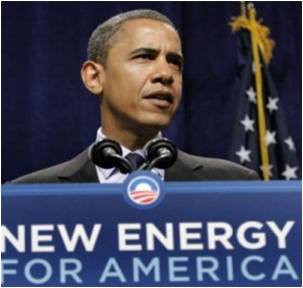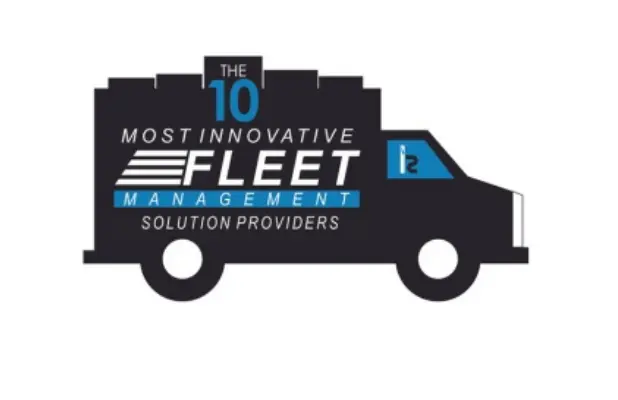- October 18th, 2010
- Jackson Parker
Nearly Half of Fleets Measuring Emissions
 Green Fleet Survey 2010 by PHH Arval shows the number of fleets measuring emissions has significantly increased over the past two years. The 2010 Green Survey by PHH Arval revealed that 49 percent of participants are reporting that they are measuring emissions. In 2008, the first year the questions was included in the PHH Arval Survey, only 28 percent responded that they measure emissions. Despite the challenging economy, fleets are clearly making progress towards “greening” their business operations. Additionally, according the Survey, 68 percent of responders said they have an environmental goal for their fleets, which is up slightly from last year’s results.
Green Fleet Survey 2010 by PHH Arval shows the number of fleets measuring emissions has significantly increased over the past two years. The 2010 Green Survey by PHH Arval revealed that 49 percent of participants are reporting that they are measuring emissions. In 2008, the first year the questions was included in the PHH Arval Survey, only 28 percent responded that they measure emissions. Despite the challenging economy, fleets are clearly making progress towards “greening” their business operations. Additionally, according the Survey, 68 percent of responders said they have an environmental goal for their fleets, which is up slightly from last year’s results.
Nearly 65 percent of the fleets who reported that they are actively measuring emissions are doing so with actual fuel use data . This is an increase of more than 10-percentage points over 2009. Using actual fuel data provides fleets the most accurate data and accounts for variations in driver behavior (and hence fuel economy) and mileage.





















